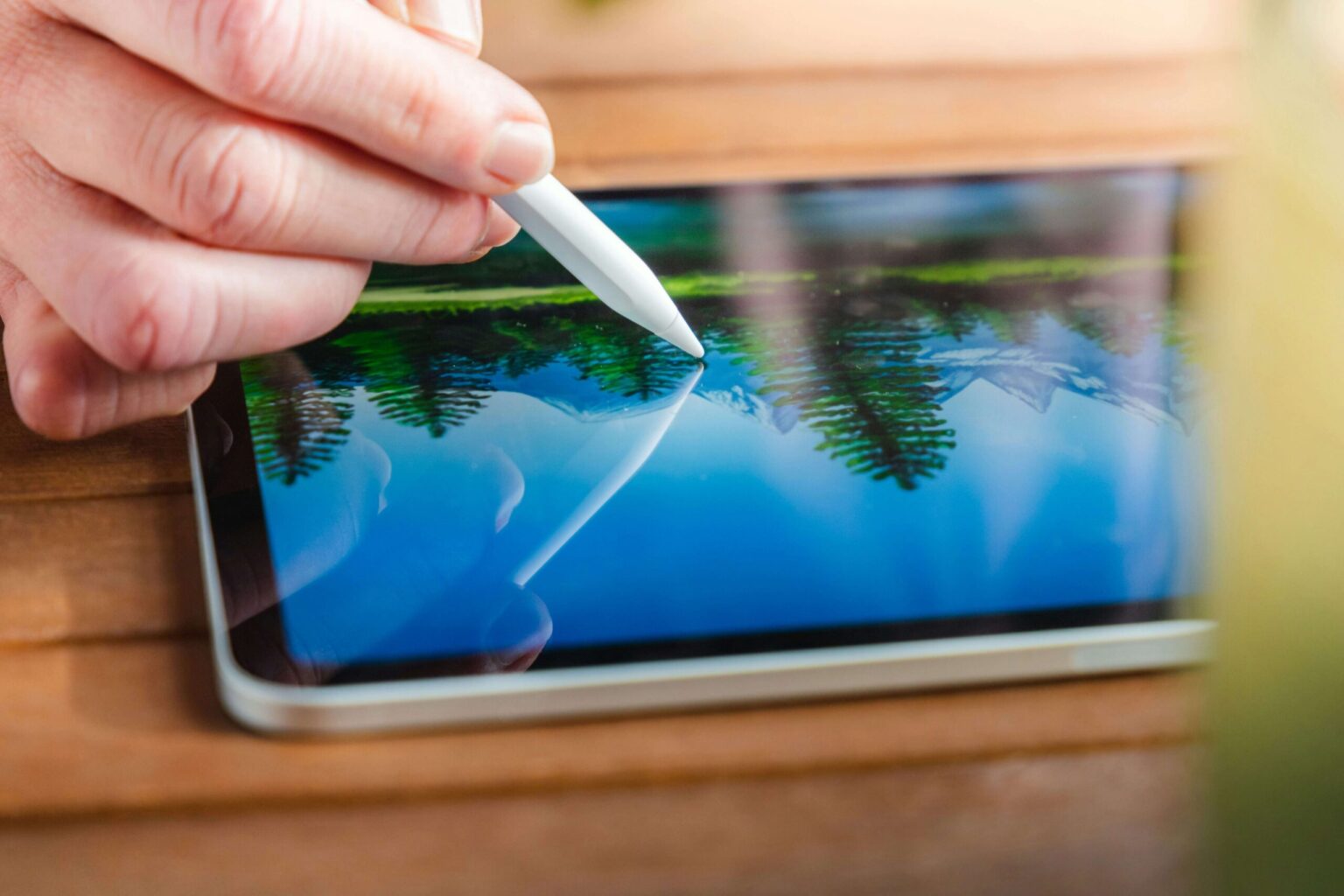Building eye-catching game art, as well as, textures is one of the most fundamental steps for game developers during the game development process, alongside things like hosting and server orchestration and which app stores to list on, as these all have the potential to significantly impact the success of a game. Choosing the optimal tools is also crucial for the quality of assets and the overall impact of the game.
What To Consider When Selecting Game Art Tools
There are multiple aspects to consider when selecting the ideal game art tools, from the type of video game you will be producing and whether or not 2D or 3D art is required to your personal skills. Below we have outlined some of the most important factors to consider when choosing your game art tools:
What Type of Game Are You Making?
The genre of the game as well as, its complexity determine the tools necessary to utilise. Is it a 2D or 3D game? Rarely in a 3D game, 2D assets are useful. Furthermore, think about if your assets will require animation, since there are some tools that specialise in animated workflows.
Exports and File Formats
Your tool needs to align with the file types required by your game engine. Common formats include:
- 2D Assets: High-quality .PNG files for sprites or tilesets
- 3D Assets: Formats like .OBJ or .FBX for models
Make sure to do thorough research about your game engine such as Unity or Unreal Engine for example so that your assets do not face any troubles when being integrated into the game.
Collaboration and Tools
When working in a group, make sure to pick up tools that are built for teamwork. Look for tools that allow the sharing of artists’ assets easily. This helps with team asset management and facilitates multi-artist workflow.
Why Are Game Art and Textures Important?
Textures, art and models to a game create an emotional feel, context and an art style that helps players engage better with the game world. Objects, settings and characters that get enhanced textures add realism, detail, depth, and uniqueness, which in turn makes the game popular due to its art styles.
Best Programmes For Game Developers To Make Game Art and Textures
Depending on whether your game requires 2D or 3D art, there are a range of great tools that exist to help digital artists create more detailed and textured characters and environments. From Blender, great for 3D art, to Quixel Mixer, a tool for online sculpting, there is a tool for everyone:
Blender
Blender is an open-source piece of software that is a 3D modeling creation platform and animation development tool. Game developers can benefit from its ability to create, animate, and edit outlines and models. Blender is great for 3D models and game animations whether it is Indie or AAA.
Adobe Substance 3D Painter
This application is appropriate for realistic texture work and has a painting tool for 3D model surface imaging as a standard in this field. This app is ideal for developers that need extra texturing in detail with high quality.
Krita
Krita is a free and open-source program designed for digital painting. It is also great for 2D art and textures that are created by hand painting. Krita is great for artists wishing to add detail to their illustrations.
ZBrush
This application is a great way for digital sculpters to showcase their skills. ZBrush is outstanding on sculpting and enables developers to produce intricate 3D characters and assets in detail which is great for creating high-detail character and environment models.
Quixel Mixer
This tool is ideal for developers and artists wishing to create high-quality and realistic textures quickly. Quixel mixer is a material creation tool that works in conjunction with the megascans library and is free to use.




